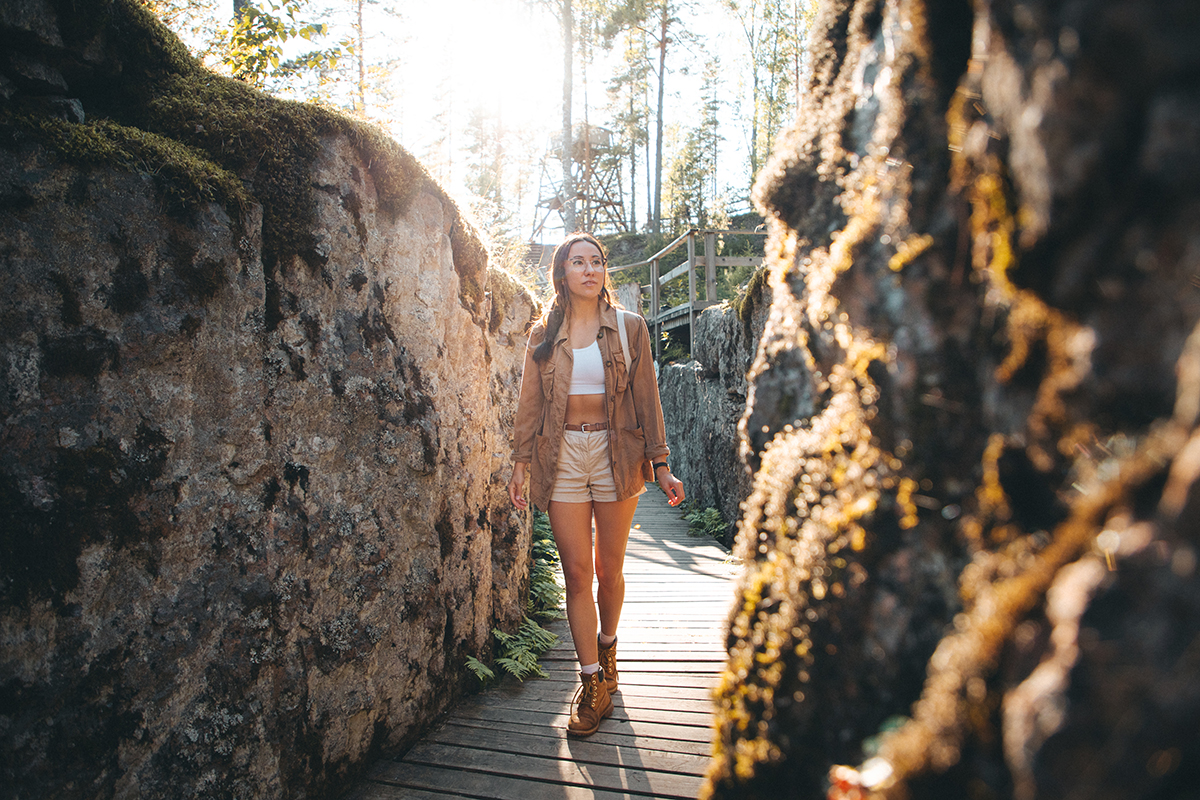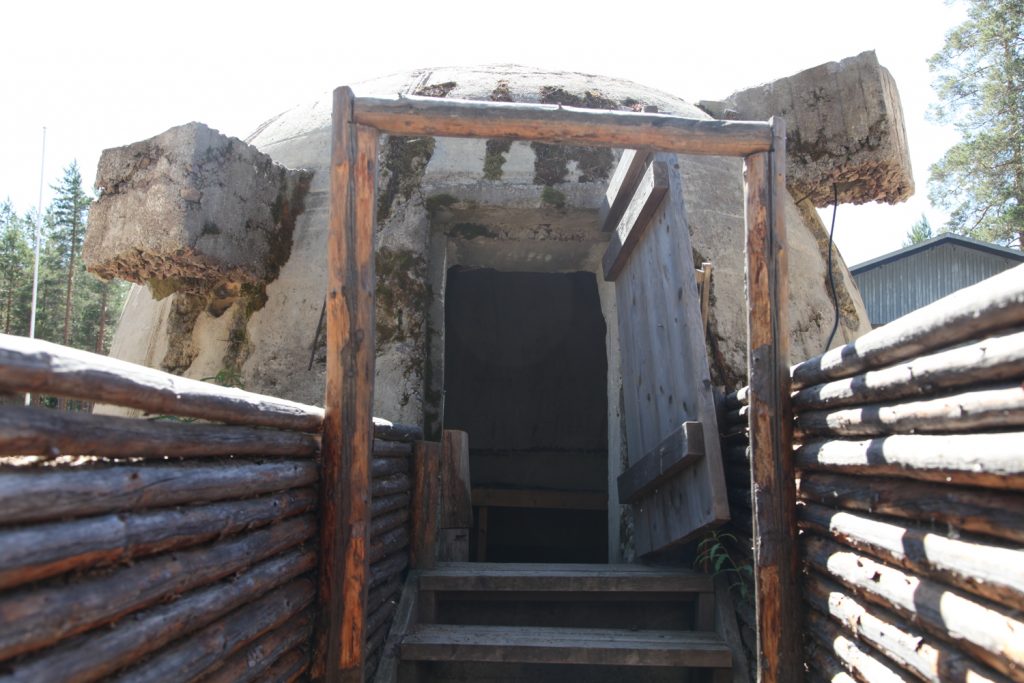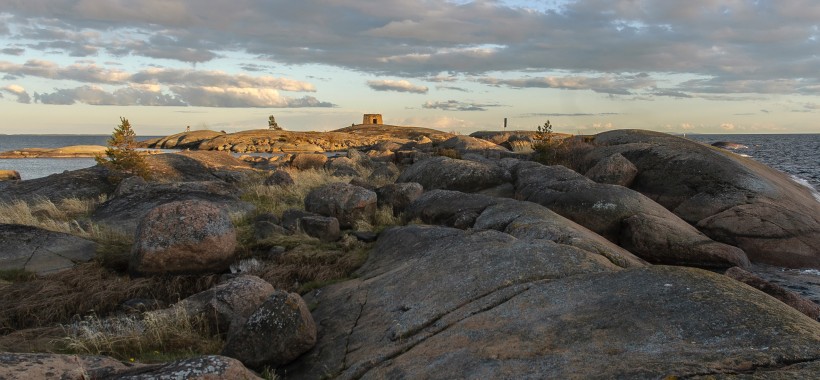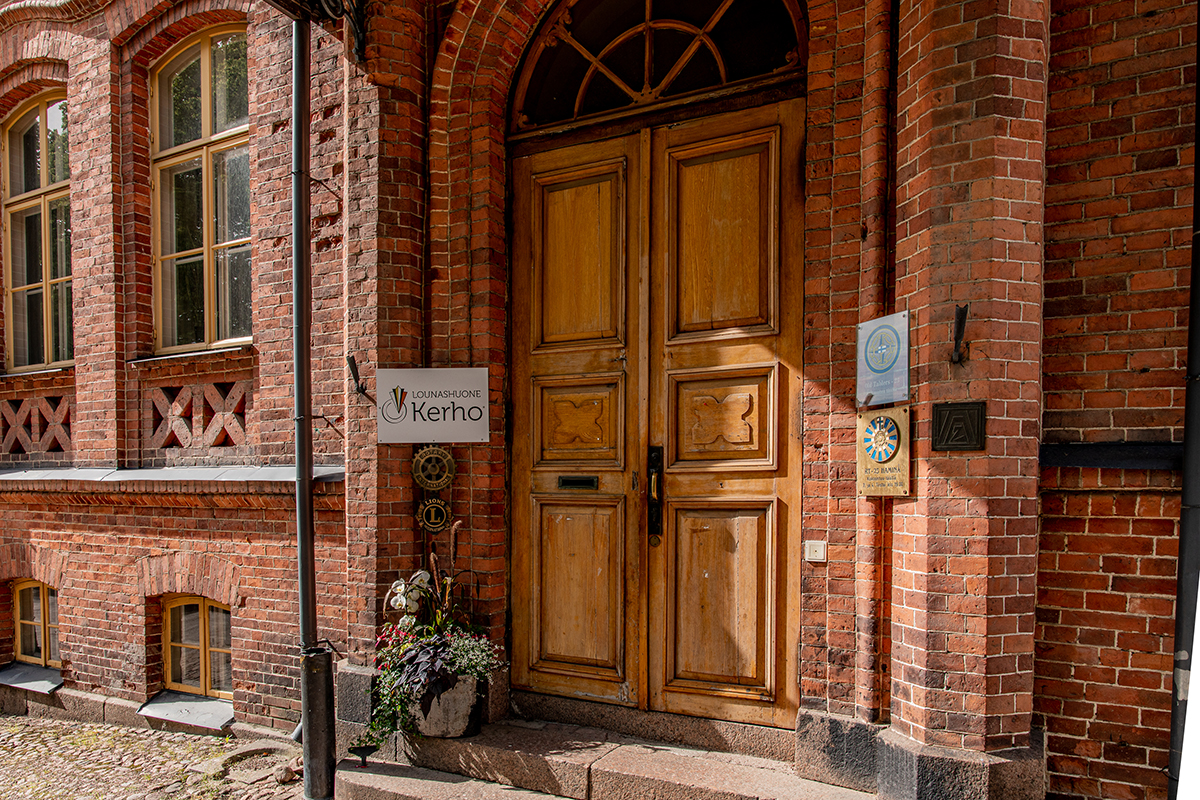Military Historical Tour in the Border Region
The southeast corner of Finland offers unique experiences for visitors interested in Finland’s recent military history and Finnish defence. There are several interesting military historical sites in the area, which are easy to combine into an interesting trip lasting a few days. You can complement the trip’s theme with historical dining and accommodation options.

Salpa Line – Bunker Museum in Virolahti and Salpa Line Museum in Miehikkälä
When the Winter War between Finland and the Soviet Union ended in March 1940, a new war was likely despite the peace. To secure Finland’s new eastern border, a decision was made to build a 1,200-km defence line, the Salpa Line, which extended from the Gulf of Finland to Petsamo. The Salpa Line was considered an important line of defence and the final bulwark of Finland’s independence, which is why it was declared Finland’s main defensive line in 1944.
728 reinforced concrete dugouts, 3,000 wooden field fortresses, 225 km of armoured barriers, and over 350 km of trenches were constructed for the Salpa Line. Around 35,000 hired civilian workers and troops helped to build the defences. The Salpa Line is one of the strongest and best-preserved chains of fortifications from World War II in Europe.
The most heavily fortified area in the entire Salpa Line runs through the municipalities of Virolahti and Miehikkälä. The Bunker Museum is located in Virolahti and the Salpa Line Museum in Miehikkälä. Both museums offer interesting and expertly guided tours of well-preserved bunkers and fortress structures.

Rankki Fortress Island
The Rankki fortress island, located outside Kotka, was originally part of the defensive line of Peter The Great’s sea fortress, built by the Russians on the Gulf of Finland to protect St. Petersburg. In 1905, Russia lost the Tsushima naval battle against Japan, during which most of the Czar’s Baltic fleet was sunk. For Russia, the quickest and cheapest way to protect St. Petersburg was to build coastal artillery instead of a new fleet. Heavy coastal cannons and Russian barracks were located in Rankki in 1916. However, in 1917, the Russian Revolution interrupted the fortification of the Gulf of Finland.
Later, the island of Rankki played a crucial role in the Finnish defensive battles of the Winter War in spring 1940 At the end of the Winter War, in March 1940, a troop of two Red Army battalions, about two thousand Soviet soldiers, was noticed advancing over the ice from Suursaari towards the Finnish coast. Vibrations were felt as far away as Kotka, when the Finnish coastal artillery in Rankki and Kirkonmaa opened fire, shelling the attacking Red Army. About 800 Soviet soldiers were killed, and the rest fled back to Suursaari.
Rankki has been used by the Finnish Defence Forces, and was closed to civilians for over a hundred years. Since it reopened, the massive coastal cannons and an old Russian barracks can still be admired in Rankki. The southern shore of Rankki has a view of Suursaari, which was lost to the Soviet Union in the Winter War.

RUK Museum in Hamina
The Reserve Officers’ School in Hamina celebrated its centenary in 2020. The first unified reserve officer course began on 1 April 1920. The museum’s exhibition tells about RUK’s history before and during the wars, as well as the school’s modern activities.
Historic places to eat based on the excursion theme include Lounashuone Kerho and Kotkan Klubi. Lounashuone Kerho is located in the building of the Hamina Garrison Club, which was completed in 1863 to serve as the head of the cadet school’s residence. In 1903, the residence was converted into the headquarters and officers’ club of the Russian regiment. Restaurant Kotkan Klubi is located in a stunning club property constructed in 1927 in the centre of Kotka. The Bunker Museum and Salpa Line Museum also offer packed lunches suitable for excursions.


Did you find what you were looking for?
